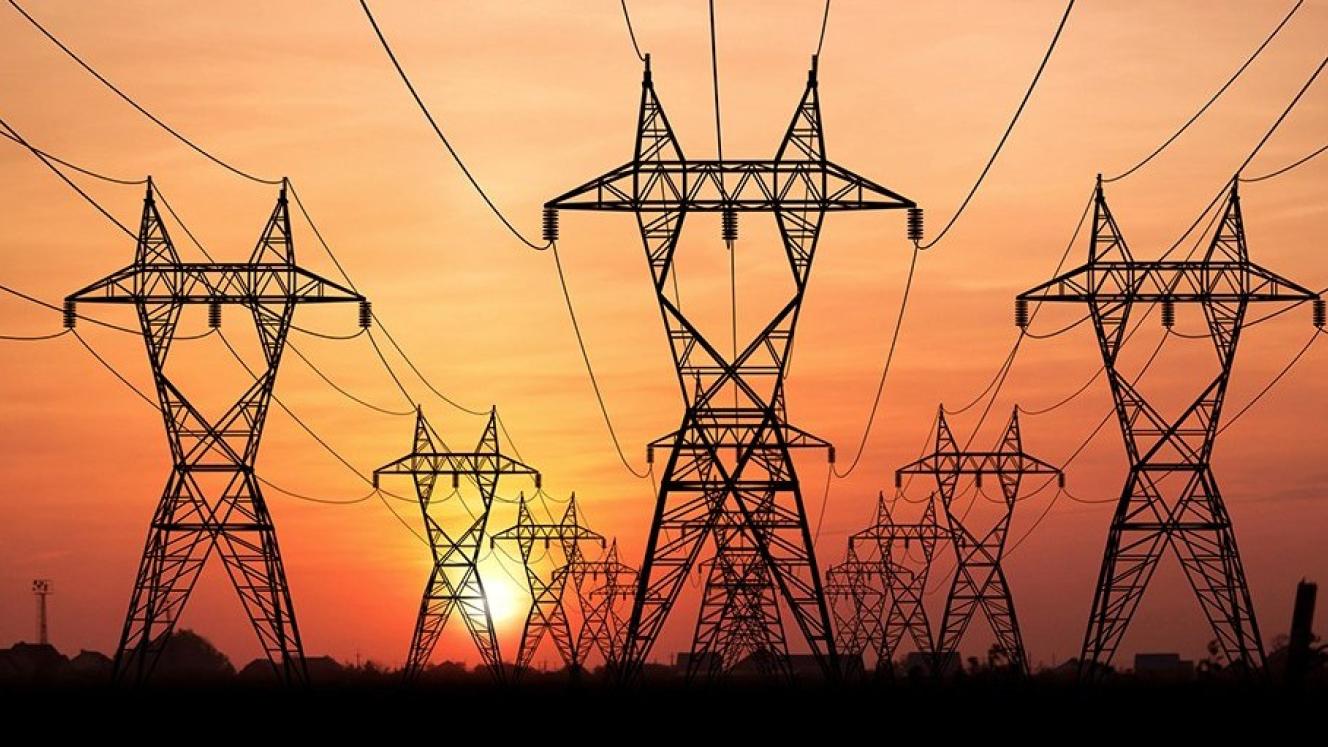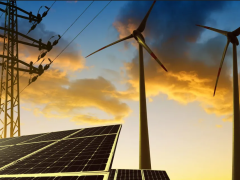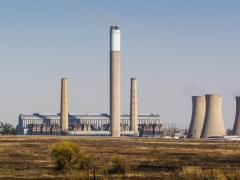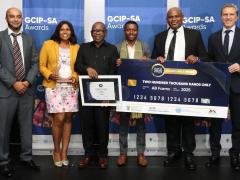The National Transmission Company of South Africa (NTCSA) has launched a massive maintenance programme covering 33 000 km of transmission lines and over 170 substations. The initiative aims to strengthen South Africa's transmission network to handle the influx of renewable energy projects.
NTCSA’s interim CEO Segomoco Scheppers shared the news in an exclusive interview with Energize. He said the programme is a proactive measure to avoid neglect, which has undermined the country's energy reliability. “We’ve learned from past mistakes regarding generation infrastructure neglect, which led to failures in meeting demand, especially in the past two years. We want to ensure our existing assets operate optimally and safely, avoiding the reliability and cost issues caused by poor maintenance.”
The project is part of the transmission company’s “five-fold” infrastructure delivery expansion over next decade, which aims to integrate 56 GW of new generation capacity into the transmission network from 2025 to 2034. This requires constructing 14 500 km of new transmission lines and installing 210 transformers with capacity of 133 000 MVA.
Scheppers acknowledges that existing transmission infrastructure is insufficient to support the surge in renewable energy projects, particularly in the wind and solar-rich provinces of the Eastern Cape, Western Cape and Northern Cape. “The power system is evolving and significant generation projects are emerging in regions with limited energy demand. We must ensure our infrastructure can transport this energy to major hubs like Gauteng, Cape Town and KwaZulu-Natal.”
To address this, over 1 600 km of new transmission lines are currently under construction across the country. “This is essential work. Without sufficient transmission capacity, developers may hesitate to make final investment decisions, knowing their power cannot reach consumers.”
Detailed planning and adherence to processes integrating renewable energy into the grid will be essential over the next five years. The NTCSA plans to finalise its rollout of new transmission lines with developers required to apply for network connection. The process includes engineering studies to assess capacity needs, followed by budget quotations detailing necessary upgrades. Developers and the NTCSA must then commit to financial and commercial arrangements to complete the connections. “We will spend the money on upgrading and strengthening the transformation infrastructure but the developers will need to conform to defined timelines for their projects to be able to start contributing to the overall system,” Scheppers said.
Building strong relationships
Collaboration with independent power producers and renewable energy associations is vital. These relationships, many established before NTCSA was formed as an Eskom subsidiary, are crucial for aligning transmission capacity with generation needs, Scheppers added.
The NTCSA regularly conducts surveys to gather data on developers’ projects – including locations, resource measurements and environmental approvals – to inform its transmission network planning. “The renewable energy associations have been very supportive. They understand that investment in transmission is just as critical as investment in generation,” Scheppers pointed out. “We specifically need information on land acquisition, resource measurements and whether environmental impact assessment authorisation has been granted for these projects.”
This coordinated effort includes the NTCSA’s growing collaboration with government stakeholders, particularly the Minister of Electricity and Energy, Kgosientsho Ramokgopa. “The minister is highly supportive of our maintenance and expansion initiatives. By ensuring a clear understanding of technical requirements and financial needs, we are building a strong case for infrastructure investment to avoid bottlenecks in the generation sector,” said Scheppers.













